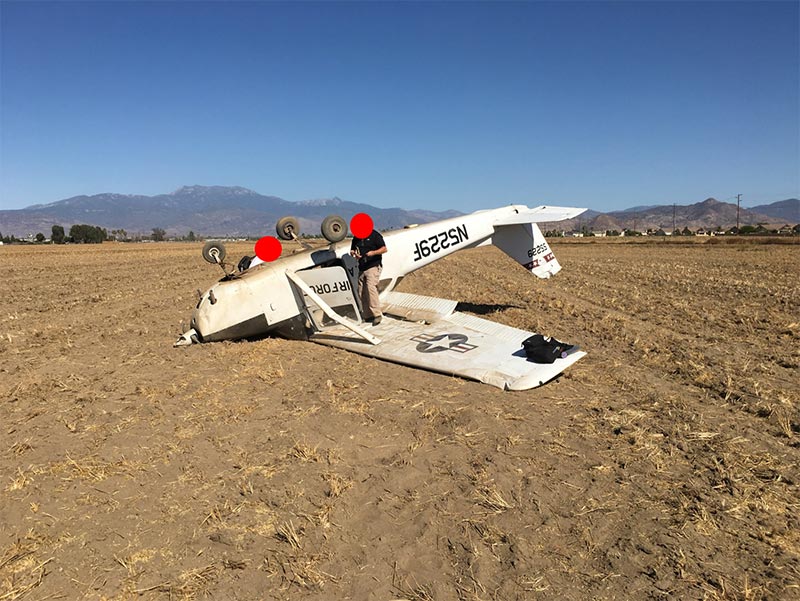Why Density Altitude Matters
Why all this matters to us as general aviation pilots is that all of the airplanes we fly experience decreasing performance as altitude increases. This is more pronounced on some aircraft than others (things like turbochargers or superchargers can help somewhat), but most of the naturally aspirated engines we fly (engines without turbo or superchargers) experience a large decrease in power as altitude increases, as well as the decrease in available air molecules for our wings and propellers. The chart below can help you predict roughly (not accurately) what the decrease in performance is that you will experience as density altitude increases.

Keep in mind we refer to a density altitude of say 8,000′ as a “higher density altitude” than 2,000′. High “density altitude” equals low aircraft performance (actually means low-density air). Each airplane we fly has a density altitude that at a specific gross weight of the airplane it cannot climb higher than that given altitude (refer to your POH). An increase in density altitude will always increase the takeoff and landing roll, as well as the ground speed at which the airplane leaves the ground and lands (headwind and tailwind components excluded).
Mitigating Factors
There are lots of things we can do as pilots to mitigate the effects of high density altitude on our airplanes. Some of them include:
- Waiting to fly early in the morning or later in the evening with cooler temperatures
- Waiting for headwinds for takeoff and landings
- Reducing the weight of our aircraft (making several trips with less gear rather than one trip with lots of heavy gear)
- Outfitting our airplane with better equipment (such as a climb prop or a more powerful engine).
Calculating Density Altitude with the E6B
The Scenario
You land at a grass strip at 6,000′ elevation in May and the day is sunny and warm. You have a picnic and are ready to take off at about 3pm. You don’t check the pressure altitude, but if you did you would find it is 6,300′ and the outside air temperature is 88 degrees. This gives you a density altitude of nearly 10,000′. While you think, “hey, 6,000′ elevation is no problem for my Cessna 172” you’re about to find out that a 10,000′ density altitude is a problem. You load up, complete your checklists, and begin your takeoff roll on the 3,000′ long runway (that should be plenty long) using a nice soft field technique just like your CFI showed you a year ago when you got your private pilot certificate. The airplane main wheels leave the ground just over halfway down the runway as you see the small fence and bushes at the end of the strip rapidly approaching. You accelerate in ground effect as your CFI had shown you, but now the fence and bushes are close and you need to ensure you clear them. You pull back harder trying to climb and initially gain altitude to about 40′ agl, then hear the stall horn blaring as the airplane starts sinking back towards the ground. Congratulations, you missed the fence, but you are now about to land in a rather ungraceful manner, and there is nothing you can do about it. You have drained too much “energy” from the airplane by demanding it climb out of ground effect too soon, and in a few short seconds, you’ll look a lot like our friend below.

There are countless GA aircraft damaged each year due to high density altitude accidents. Some folks walk away without a scratch, some are fatal for all on board. Always do the calculations. Always add lots of room for error and accounting for that old tired airplane you’re flying not performing as well as the book says it will. Always use mitigating techniques whenever density altitude is a risk factor in your flight planning, either on the first flight of the day, or on your return flight (pilots always seem to forget to plan that pesky return leg until they are out somewhere they shouldn’t be and are pressured to get home).
